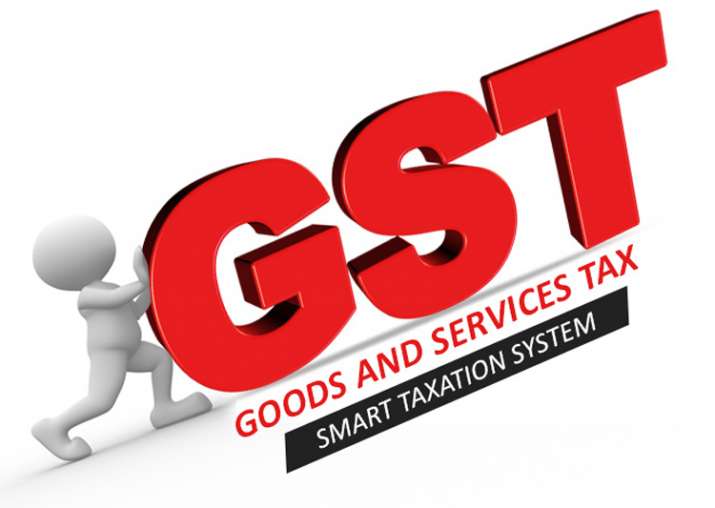
Source-IndiaTv
This article talks about GST and how to raise a GST invoice. GST, or the goods and services tax, is an indirect tax. This was formed to replace the many indirect taxes that existed in India, like the VAT, excise duty, and service tax. The Parliament passed the GST Act on the 29th of March 2017 and was put into effect from July 1st, 2017.
Read this GST explained article to understand in greater detail. The GST is levied on the supply of goods and services. This is a comprehensive, multi-stage and destination-based tax levied on every added value.
Advantages and disadvantages of GST
Listed below are the benefits of introducing GST;
● GST eliminates the cascading effect of tax
● There is a higher registration threshold
● Comprehensive schemes are now available for the small businesses
● It is a simple and easy procedure done online
● There are fewer complications
● It improves the logistics efficiency
● The unorganized sector gets regulated under GST
Challenges of GST
Listed below are some disadvantages of GST;
● There is an increase in cost because of software purchase
● If a business is not GST compliant, then this can attract penalties
● GST leads to an increase in the cost of operation
● It came into effect in the middle of the financial year
● There is a higher tax burden on SMEs
Explaining GST invoice
Now that we have GST explained let us now proceed to understand what is the GST invoice. The GST bill or invoice is a list of goods or services sold along with the payment due.
If you are a registered business, you will have to provide invoices that are GST compliant to the clients for the sale of services or goods. The GST registered vendor will give you the purchase invoices that are GST compliant. It is possible to create a GST invoice in excel for free.
Mandatory fields in the GST invoice
Here are the fields that are mandatory on the GST invoice in excel
The GST invoice will generally be issued to charge the tax and pass on the tax credit input. Here are the fields that the GST invoice should have;
- The invoice number and the date
- Customer name
- Shipping and the billing address
- If registered, then the customers and the taxpayers GSTIN
- Place of supply
- SAC or the HSN code
- Details of the item
- The taxable value and if any discounts
- Rate and the tax amount
- If GST is payable on the reverse charge basis
- Supplier signature
If the recipient has not registered and the value exceeds Rs. 50000 then: the invoice should have;
- Name and the recipients’ address
- Delivery address
- State name and the state code
Conclusion
GST has helped to remove the cascading effect on the sales of services and goods and it is wise to use automatic invoice generator like Luzenta Invoice Generator. This has, in turn, impacted the cost of the goods. Since GST eliminates the tax on tax effect, this helps to decrease the cost of goods.
GST is also driven technologically, which means that the various activities like return filing, registration, refund application, and response have to be done on the GST portal online, which helps accelerate the process.
Write and Win: Participate in Creative writing Contest & International Essay Contest and win fabulous prizes.


